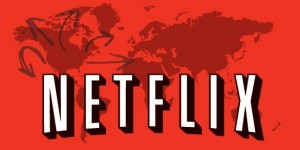With 2015 just around the corner, where have we reached exactly in accomplishing the eight ambitious Millennium Development Goals? Undoubtedly, progress has been made. The efforts of the United Nations are anything but futile. Then, is there a need for organizations like the Arc and social enterprise? Unquestionably.
The United Nation’s foreign aid program, along with its urging of countries to donate at least 0.7% of their GNIs, is effective in times of catastrophes such as natural disasters. Unfortunately, in terms of self-sustainability, this aid actually hinders the long-term prosperity of poor nations. This is explained through examples set in Rwanda and Kenya in the short video below:
This is where the Arc and social enterprise come in..
While the United Nations gives a man a fish, feeds him for a day but consequently, harms the local sunrise fishing industries, organizations such as the Arc revolutionize the local fishing industry by culminating the spirit of entrepreneurship. The Arc doesn’t directly help these individuals. It teaches them the tools to help themselves and thus, fosters self-sustainability. The Arc is different from charity. It operates on the principles of social entrepreneurship. Hence, in my opinion, it solves a different purpose than the United Nations. While the UN is more capable of handling short-run issues, social enterprise focuses on the long-run development of impoverished nations and individuals. These two spheres do not compete. They are ancillary, in nature.












